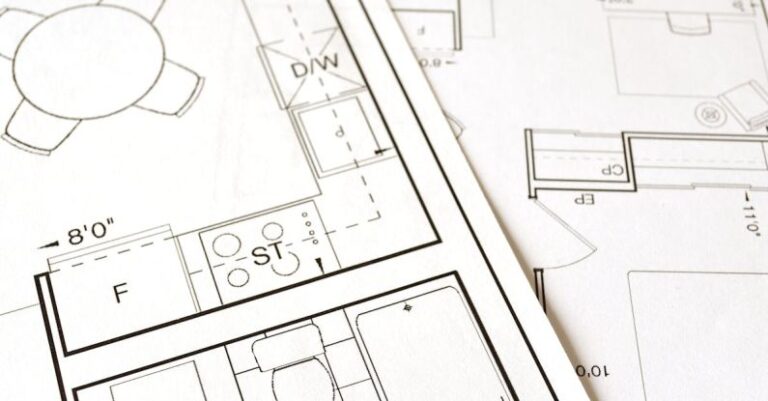
When it comes to racing, mastering the art of cornering is crucial for achieving success on the track. Being able to navigate turns efficiently and effectively can make all the difference in a race, allowing drivers to maintain speed and overtake competitors. In this article, we will delve into the key techniques for cornering in racing that can help drivers improve their performance and edge out the competition.
Understanding Racing Lines
One of the fundamental aspects of cornering in racing is mastering the concept of racing lines. Racing lines refer to the optimal path a driver should take through a corner to carry the most speed and maintain control of the vehicle. The ideal racing line varies depending on the type of corner, but in general, it involves entering wide, hitting the apex, and exiting wide. By following the racing line, drivers can maximize their speed and minimize the distance traveled, giving them a competitive edge on the track.
Braking Techniques
Effective braking is another essential technique for successful cornering in racing. Proper braking allows drivers to slow down before entering a corner while maintaining control of the vehicle. Trail braking, a technique where the driver continues to brake into the corner before gradually releasing the brakes, can help shift the weight of the car forward, improving traction and stability. By mastering braking techniques, drivers can set themselves up for a smooth entry into the corner and maintain optimal speed throughout the turn.
Smooth Steering Inputs
Smooth steering inputs are key to maintaining control and stability during cornering. Abrupt or jerky steering movements can unsettle the car and lead to loss of traction, compromising the driver’s speed and line through the corner. By making gradual and precise steering adjustments, drivers can keep the car balanced and on the racing line, allowing for faster and more consistent cornering speeds. Smooth steering inputs also help prevent understeer or oversteer, common issues that can hinder performance on the track.
Managing Weight Transfer
Managing weight transfer is crucial for optimizing cornering performance in racing. As drivers navigate corners, the car’s weight shifts from side to side and front to back, affecting traction and grip. Understanding how weight transfer impacts the car’s behavior can help drivers anticipate and adjust their driving to maintain control through the corner. By distributing weight effectively through techniques such as braking and acceleration, drivers can maximize grip and stability, allowing for faster cornering speeds and smoother exits.
Throttle Control
Throttle control plays a significant role in cornering performance, as it determines how much power is delivered to the wheels and how the car accelerates out of the corner. Proper throttle control involves balancing acceleration to maintain traction and prevent wheelspin while exiting the corner. Gradually applying throttle as the car straightens out helps prevent sudden loss of grip and allows for a smoother and faster exit. By mastering throttle control, drivers can accelerate more effectively out of corners and gain an advantage over their competitors.
Visualizing the Racing Line
Visualization is a powerful tool for improving cornering performance in racing. By mentally rehearsing the racing line and key reference points before entering a corner, drivers can better anticipate their actions and make split-second decisions on the track. Visualizing the ideal line, braking points, and apexes can help drivers stay focused and committed to their technique, leading to more consistent and precise cornering. By incorporating visualization into their race preparation, drivers can enhance their overall performance and confidence on the track.
Fine-Tuning Techniques Through Practice
While mastering the key techniques for cornering in racing takes time and practice, continuous refinement is essential for achieving peak performance. By focusing on each aspect of cornering technique and consistently practicing on the track, drivers can hone their skills and improve their lap times. Fine-tuning techniques through practice allows drivers to identify areas for improvement, experiment with different approaches, and ultimately push the limits of their performance on race day.
In conclusion, mastering the key techniques for cornering in racing is essential for drivers looking to elevate their performance and achieve success on the track. By understanding racing lines, perfecting braking techniques, mastering smooth steering inputs, managing weight transfer, controlling throttle, visualizing the racing line, and fine-tuning techniques through practice, drivers can enhance their cornering abilities and gain a competitive edge in their racing endeavors. By incorporating these techniques into their skill set and racing strategy, drivers can navigate corners with precision, speed, and control, ultimately leading to improved results on the track.





